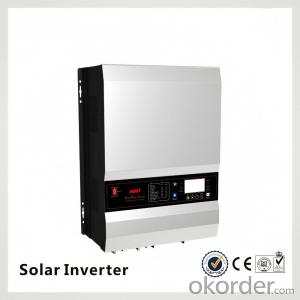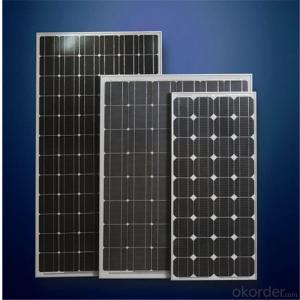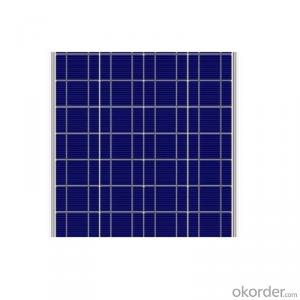1000 Watt Solar Inverter
1000 Watt Solar Inverter Related Searches
Solar Power Inverter For Rv Solar Power Kit With Inverter Inverter In Solar Power Plant Best Solar Power Inverter Home Solar Power Inverter Best Off-Grid Solar Inverter Best Off Grid Solar Inverter On Grid Solar Power Inverter Off Grid Solar System Inverter Best Hybrid Solar Inverter UkHot Searches
China Hybrid Solar Inverter Power One Solar Inverter Price 200 Watt Solar Inverter Price Solar Inverter Price Per Watt 500 Watt Solar Inverter Price Solar Inverter 500 Watt Price 1000 Watt Solar Inverter Price Solar Inverter 1000 Watt Price 800 Watt Solar Inverter Price Solar Inverter Off Grid Price Off Grid Solar Inverter Price 5000 Watt Solar Inverter Price 1600 Watt Solar Inverter Price Solar Inverter Hybrid Price Hybrid Solar Inverter Price Solar Power Inverter Types Solar Power Inverter Suppliers Solar Inverter Emergency Power Solar Power Inverter Companies China Hybrid Solar Inverter1000 Watt Solar Inverter Supplier & Manufacturer from China
Okorder.com is a professional 1000 Watt Solar Inverter supplier & manufacturer, offers integrated one-stop services including real-time quoting and online cargo tracking. We are funded by CNBM Group, a Fortune 500 enterprise and the largest 1000 Watt Solar Inverter firm in China.Hot Products
FAQ
- The common maintenance requirements for a solar inverter include regular inspections to ensure proper functioning, cleaning of the unit and its components to remove dust and debris, checking and tightening of electrical connections, monitoring for any signs of damage or wear, and updating firmware or software as needed. Additionally, keeping the inverter's surrounding area clean and free from obstructions is also important for optimal performance.
- A solar inverter is equipped with various mechanisms to handle voltage and frequency variations caused by voltage sags and swells. When there is a voltage sag or swell in the electrical grid, the solar inverter employs a technique called Maximum Power Point Tracking (MPPT) to regulate the power output from the solar panels. During a voltage sag, when the grid voltage drops below the normal level, the solar inverter adjusts its MPPT algorithms to ensure that the solar panels continue to operate at their maximum power point. This enables the inverter to extract the maximum available power from the panels and compensate for the reduced grid voltage. By dynamically adjusting the operating point of the panels, the inverter mitigates the effects of the voltage sag and maintains optimal power output. Similarly, in the case of a voltage swell, when the grid voltage increases above the normal level, the solar inverter again utilizes its MPPT capabilities to regulate the power output. It adjusts the operating point of the panels to ensure that they do not exceed their rated voltage, thereby protecting them from potential damage. This allows the inverter to effectively handle the increased grid voltage and prevent any adverse effects on the solar panels. In addition to voltage regulation, a solar inverter also addresses frequency variations caused by voltage sags and swells. It is designed to synchronize with the grid frequency and maintain a stable output frequency. When the grid frequency deviates from the normal range, the inverter adjusts its internal control systems to match the grid frequency. This synchronization ensures that the power output from the inverter aligns with the grid requirements, allowing for seamless integration of solar energy into the electrical system. Overall, a solar inverter utilizes MPPT algorithms, voltage regulation mechanisms, and frequency synchronization capabilities to handle voltage and frequency variations caused by voltage sags and swells. These features enable the inverter to adapt to changing grid conditions, maximize power extraction from the solar panels, and maintain a stable and reliable power output.
- The role of a grid connection feature in a solar inverter is to facilitate the transfer of electricity between the solar panels and the electrical grid. It allows for the seamless integration of solar power into the existing electrical infrastructure, enabling excess electricity generated by the solar panels to be fed back into the grid, and drawing power from the grid when the solar panels are not producing enough electricity. This grid connection feature also ensures that the solar system meets the safety and regulatory requirements of the local electrical grid.
- A solar inverter handles voltage sags or swells in the grid by continuously monitoring the voltage levels. When it detects a sag or swell, it adjusts its internal circuitry to regulate the output voltage accordingly. This ensures that the connected solar panels continue to operate within their optimal voltage range, minimizing any negative impact on the overall power generation system.
- The role of a solar inverter in a solar-powered remote monitoring system is to convert the direct current (DC) electricity generated by the solar panels into alternating current (AC) electricity that can be used to power the monitoring system. It also ensures that the electricity generated matches the requirements of the monitoring equipment, regulates the voltage, and assists in efficient power transmission and distribution.
- To calculate the maximum power point tracking (MPPT) efficiency for a solar inverter, you need to compare the actual power output of the inverter with the maximum power point (MPP) of the solar panel. It can be calculated by dividing the actual power output by the MPP power and then multiplying the result by 100 to get the efficiency in percentage. The formula is: MPPT efficiency = (Actual Power Output / MPP Power) * 100.
- A solar inverter prevents islanding by continuously monitoring the grid's voltage and frequency. If the inverter detects a deviation from the normal range, it immediately disconnects from the grid to avoid supplying power to an isolated island. By maintaining synchronization with the grid, the inverter ensures that it only operates when the grid is active, preventing the risk of islanding and enhancing grid stability and safety.
- The standby power consumption of a solar inverter refers to the amount of power that the inverter consumes when it is in standby mode or not actively converting solar energy into usable electricity. This power consumption is generally very low, typically ranging from 1 to 5 watts, as the inverter only needs to maintain its internal circuitry and monitor the solar energy availability.















































